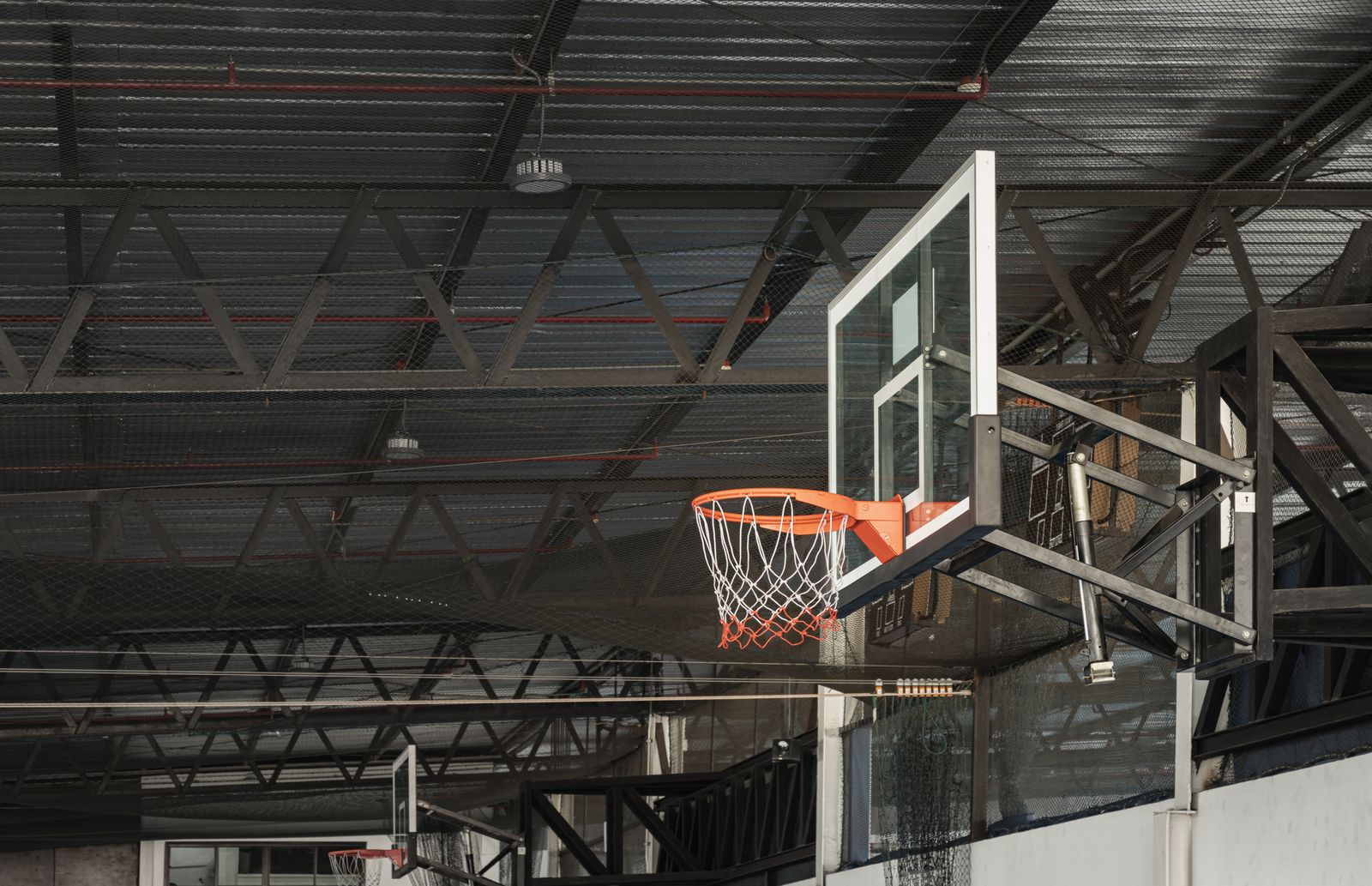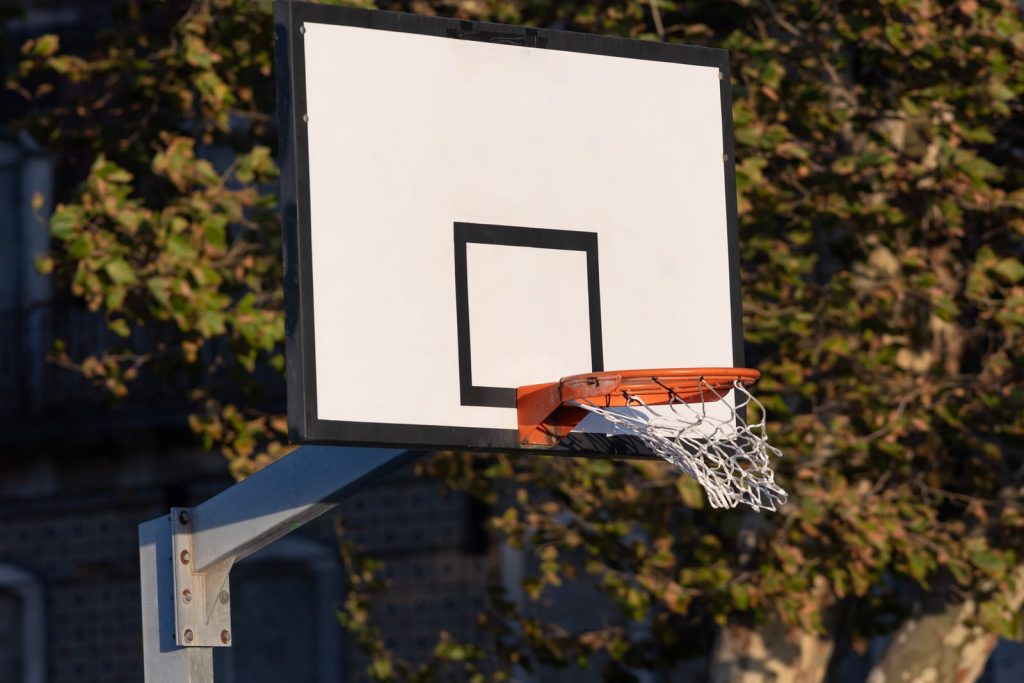
A Guide to Picking the Best Basketball Backboard
Choosing the right basketball backboard is crucial for enhancing your gameplay and skill development. The backboard material, whether you opt for a portable hoop or ground system, can greatly impact the overall performance and durability of your basketball system. With so many options available, it’s important to consider several factors before making a decision. By understanding these factors, you’ll be equipped with the knowledge needed to make an informed choice that suits your needs and elevates your basketball experience.
Factors to Consider When Choosing a Basketball Backboard
When choosing a basketball backboard, there are several factors you should consider to ensure you make the right choice. Let’s take a look at these important factors:
Material Durability and Performance
The material of the backboard plays a crucial role in its durability and performance. Different materials have varying levels of sturdiness and responsiveness. Here are some options to consider:
-
Tempered Glass: Provides excellent playability and is commonly used in professional settings due to its superior rebound characteristics.
-
Acrylic: Offers good durability and moderate rebound, making it suitable for both recreational and competitive play.
-
Polycarbonate: Known for its high durability, but offers less bounce compared to tempered glass or acrylic.
Mounting Options and Installation Requirements
Consider how the backboard will be mounted and installed as this can affect convenience, stability, and cost. Some common mounting options include:
-
Wall-Mounted: Requires attaching the backboard directly onto a wall or sturdy structure.
-
Portable: Comes with a stand or base that allows for easy mobility around your playing area.
-
In-Ground: Requires digging a hole for installation, providing maximum stability.
Budget Considerations for Different Backboards
Your budget is an important factor when choosing a basketball backboard. Here’s an overview of different options based on price range:
-
High-end: Tempered glass backboards tend to be more expensive but offer exceptional performance.
-
Mid-range: Acrylic backboards strike a balance between affordability and decent playability.
-
Budget-friendly: Polycarbonate backboards are often the most affordable option while still providing durability.
Considering these factors will help you make an informed decision when selecting the right basketball backboard that suits your needs, preferences, and budget.
Different Types of Basketball Backboards

Acrylic Backboards
Acrylic backboards are a popular choice for many basketball enthusiasts. They offer a lightweight and affordable option for those looking to set up a hoop in their backyard or driveway. These backboards provide decent durability and can withstand moderate play. While they may not offer the same level of rebound response as glass backboards, they still allow for enjoyable gameplay.
Pros:
-
Lightweight and easy to install
-
Affordable compared to other options
-
Decent durability for recreational play
Cons:
-
Not as durable as tempered glass backboards
-
Limited rebound response compared to glass
Tempered Glass Backboards
If you’re serious about your game and looking for a professional feel, tempered glass backboards are the way to go. These backboards are commonly used in high school, college, and professional basketball courts due to their superior rebound response. The thick glass construction provides excellent ball bounce, making it easier to execute bank shots and layups with precision.
Pros:
-
Superior rebound response for an authentic playing experience
-
The professional look and feel
-
Excellent ball bounce for precise shots
Cons:
-
More expensive than acrylic or polycarbonate options
-
Requires careful installation due to weight and fragility
Polycarbonate Backboards
Polycarbonate backboards are known for their durability, making them suitable for recreational play. They can withstand rougher gameplay without breaking easily, making them ideal for younger players or outdoor community courts. While the rebound response may not be as good as acrylic or tempered glass, these backboards still offer a solid playing experience.
Pros and Cons of Each Backboard Type
Acrylic
Acrylic backboards offer good performance at an affordable price, making them a popular choice for many basketball enthusiasts. They provide decent ball response and are suitable for recreational play. However, it’s important to note that acrylic is less durable compared to other options. Over time, it may become prone to cracks or breakage, especially with aggressive play or exposure to harsh weather conditions.
-
Pros:
-
Affordable price point
-
Good performance for recreational play
-
Cons:
-
Less durable than other options
-
Prone to cracks and breakage
Tempered Glass
Tempered glass backboards are known for their excellent rebound response. They offer a professional-level playing experience and are often used in official competitions. The sturdy construction of tempered glass ensures durability, making it resistant to wear and tear. However, the main drawback is the higher cost associated with this type of backboard.
-
Pros:
-
Excellent rebound response
-
Durable construction
-
Cons:
-
More expensive than other options
Polycarbonate
Polycarbonate backboards are highly durable and can withstand rigorous gameplay. They are less likely to crack or shatter upon impact, making them suitable for outdoor use and areas with unpredictable weather conditions. However, one aspect to consider is that polycarbonate may have reduced ball response compared to acrylic or tempered glass.
-
Pros:
-
High durability
-
Suitable for outdoor use
-
Cons:
-
Reduced ball response
Choosing the right basketball backboard ultimately depends on your specific needs and budget. If you’re looking for affordability without compromising performance too much, acrylic could be a viable option. For those seeking a professional-level playing experience with excellent rebound response, tempered glass is the way to go despite its higher cost. If durability is your top priority, especially for outdoor play or rougher gameplay, polycarbonate is a solid choice.
Selecting the Right Size Backboard for Your Needs
Size matters. You need to consider the available space for installation and select a backboard that fits your needs. Let’s take a look at some important factors to consider when selecting the right size backboard.
Importance of considering available space for installation
Before you start shopping for a basketball backboard, it’s crucial to evaluate the available space where you plan to install it. Measure the area carefully and ensure there is enough room for proper gameplay. You don’t want players feeling cramped or restricted while shooting hoops.
Standard sizes for regulation play (width x height)
Basketball has different regulations depending on the level of play, such as high school, college, and NBA. Each level has its own standard size for backboards:
-
High school/college/NBA regulation size: 72″ x 42″
-
Junior high/middle school regulation size: 54″ x 39″
These standard sizes ensure fair gameplay and consistency across different courts.
Height adjustability options
Consider whether you need a fixed height or an adjustable height backboard. Adjustable height options are great if players of varying ages and skill levels will be using the same court. They allow you to easily modify the height based on individual preferences or specific training drills.
Safety considerations
Safety should always be a top priority when choosing a basketball backboard. Look for options that are made from durable materials like tempered glass or acrylic. These materials offer better rebound and longevity compared to other alternatives like plastic.
If you plan to use your basketball hoop outdoors, make sure it is designed for outdoor use with weather-resistant features.
Tips for Optimizing Your Backboard Selection
Considering Intended Use
To choose the right basketball backboard, it’s crucial to consider your intended use. Are you planning on using it for recreational purposes or competitive play? This distinction is important because it will determine the level of durability and performance you’ll need from your backboard.
-
For recreational use: If you’re just looking to shoot hoops casually in your backyard or driveway, a basic backboard made of acrylic or polycarbonate material may suffice. These materials are more affordable and suitable for casual players.
-
For competitive play: On the other hand, advanced players who engage in intense games may prefer a more professional-grade backboard. Tempered glass backboards provide excellent rebound and are often used in high-level competitions.
Researching Customer Reviews and Ratings
Before making a purchase, it’s always wise to research customer reviews and ratings of different basketball backboards. This helps you gain insights into the quality, durability, and performance of various options available in the market.
-
Look for feedback from customers who have similar needs as yours. Their experiences can give you valuable information about the pros and cons of specific backboards.
-
Pay attention to factors like sturdiness, ease of installation, and overall satisfaction expressed by customers who have already bought and used the product.
Ensuring Compatibility with Existing Basketball Systems
If you already have a basketball system set up, ensure that the backboard you choose is compatible with it. Consider factors such as mounting brackets, hardware requirements, and post size.
-
Measure your existing post diameter before purchasing a new backboard to ensure compatibility.
-
Check if there are any specific recommendations or restrictions provided by the manufacturer regarding compatible backboards for their systems.
By considering your intended use, researching customer reviews, and ensuring compatibility with existing systems, you can optimize your selection process when choosing the right basketball backboard. Remember to prioritize quality and durability to minimize the risk of damage during intense play.
Making the Right Decision for Your Basketball Backboard
Congratulations! You’ve now gained valuable insights into choosing the perfect basketball backboard that suits your needs. By considering factors such as material, size, and type, you can make an informed decision that will enhance your basketball experience. Remember, selecting the right backboard is crucial as it directly impacts your gameplay and skill development.
Now that you’re equipped with this knowledge, it’s time to take action. Evaluate your requirements and preferences based on what you’ve learned so far. Consider factors like budget, space availability, and skill level when making your final decision. Don’t rush; take your time to weigh the pros and cons of each backboard type before making a purchase. With the right choice in hand, you’ll be well on your way to shooting hoops like a pro!
FAQs
What is the best material for a basketball backboard?
Tempered glass is considered the best material for basketball backboards. It offers excellent rebounding capabilities and mimics professional court experiences.
Can I install a basketball backboard by myself?
While it’s possible to install a basketball backboard by yourself, we recommend seeking assistance from another person due to its weight and size. It ensures safety during installation and guarantees proper alignment.
Does the size of the backboard affect gameplay?
Yes, the size of the backboard can significantly impact gameplay. A larger board provides more surface area for rebounds and bank shots while offering better visibility for shooting accuracy.
Are portable or in-ground systems better?
The choice between portable or in-ground systems depends on individual preferences. Portable systems offer flexibility but may lack stability compared to in-ground ones that provide a more permanent solution.
How often should I clean my basketball backboard?
Regular cleaning is essential to maintain optimal performance. We recommend cleaning your basketball backboard at least once every few weeks using mild soap and water to remove dirt, dust, and debris.
